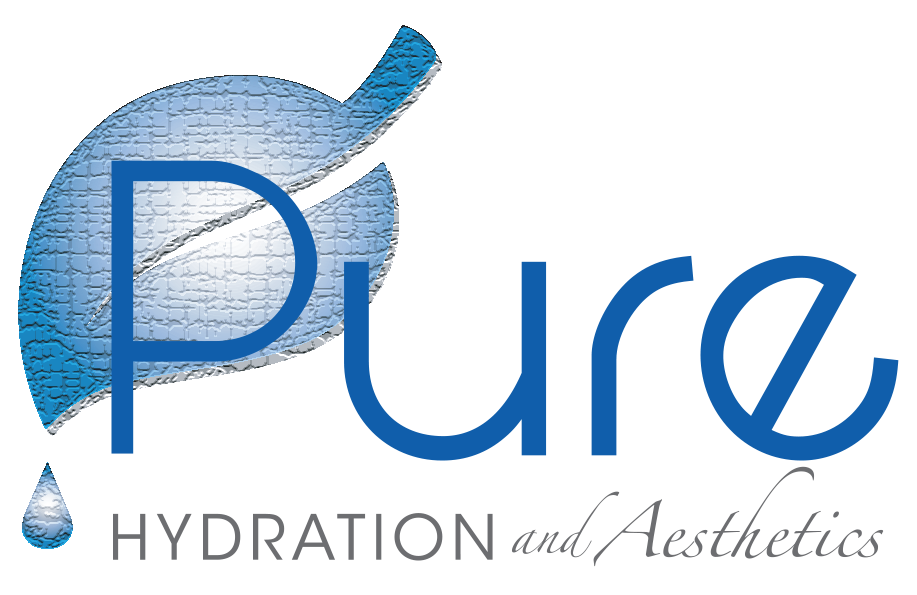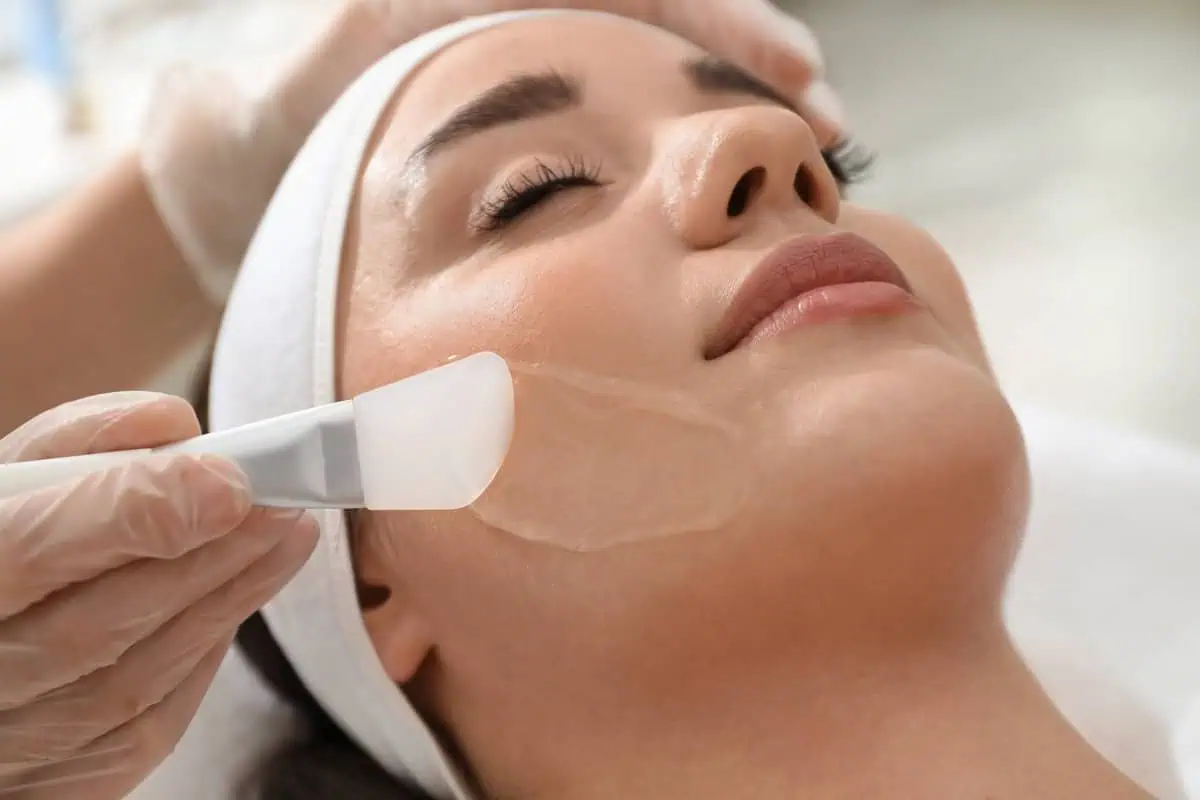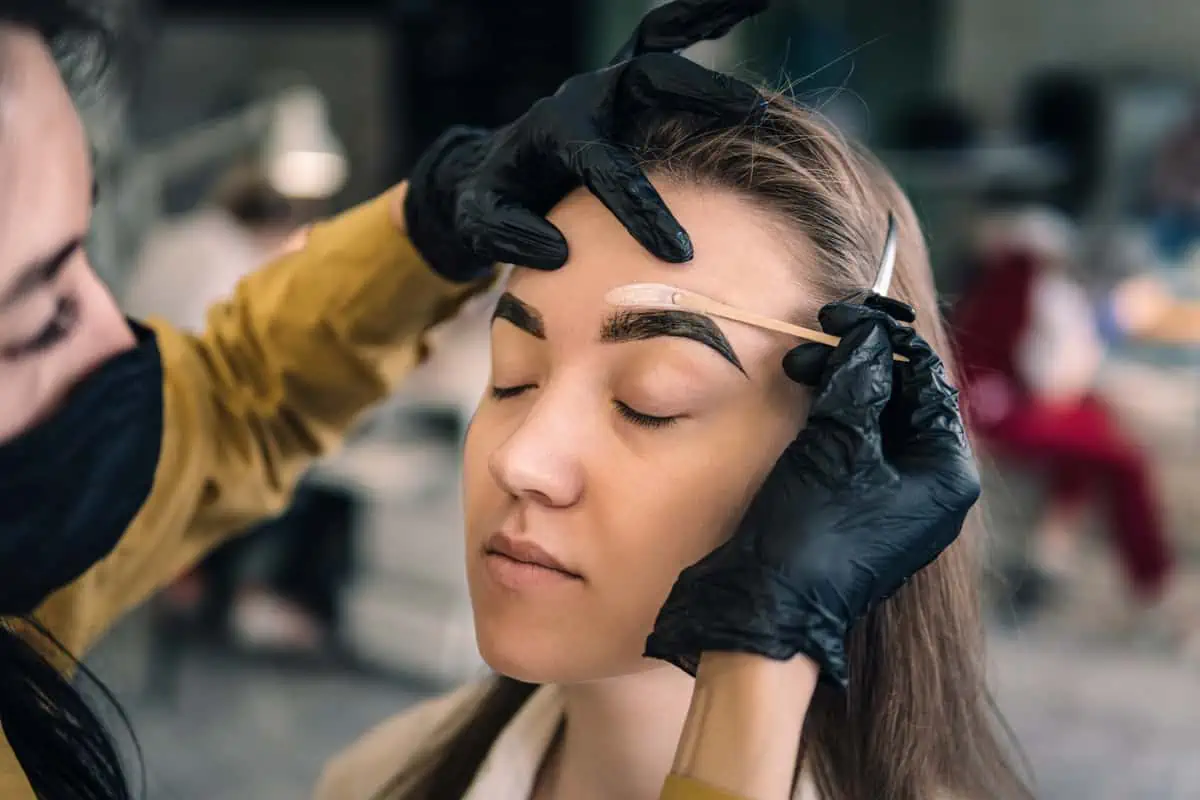
Choosing the right facial treatment can feel overwhelming with so many options available. Your skin is unique, and what works for one person may not suit another. The key is understanding your skin type and specific needs. Whether you’re dealing with acne, dryness, sensitivity, or just looking for a glow-up, there’s a treatment designed for you. By taking the time to learn about the different benefits of facial treatments and what they offer, you can make an informed decision that will help you achieve healthier, more radiant skin.
Understanding Your Skin Type
Knowing your skin type is the foundation of choosing the right facial treatment. Your skin type determines how your skin responds to different products and treatments, and selecting the wrong one can lead to irritation, breakouts, or other issues. Here’s a breakdown of the main skin types and how to identify yours:
1.) Oily Skin
Oily skin produces excess sebum, making it appear shiny and feel greasy, especially in the T-zone (forehead, nose, and chin). Common characteristics include enlarged pores and a tendency toward acne and blackheads. To test if you have oily skin, blot your face with a tissue a few hours after cleansing; if the tissue picks up oil, your skin is likely oily.
2.) Dry Skin
Dry skin lacks sufficient moisture and often feels tight, especially after washing. It can appear rough, flaky, or dull, prone to irritation and redness. You likely have dry skin if your skin feels parched and looks ashy or cracked, especially in cold weather.
3.) Combination Skin
A mix of oily and dry areas characterizes combination skin. Typically, the T-zone is oily, while the cheeks are dry or normal. This type requires a balanced approach to address the varying needs of different areas. If you notice both oily and dry patches on your face, you probably have combination skin.
4.) Sensitive Skin
Sensitive skin reacts easily to products and environmental factors, often resulting in redness, itching, burning, or dryness. It can be prone to conditions like rosacea or eczema. If your skin frequently becomes irritated or inflamed after using certain products, it’s likely sensitive.
5.) Normal Skin
Normal skin is well-balanced, not too oily or too dry. It has a smooth texture, small pores, and a healthy, radiant complexion. You probably have normal skin if your skin is generally clear and not particularly reactive.
Common Types of Facial Treatments
Various facial treatments are available, each designed to address specific skin concerns and enhance your overall complexion.
1.) Classic Facial
A classic facial is a great starting point for those new to facial treatments. It typically includes cleansing, exfoliation, extraction, massage, and a mask. This treatment suits all skin types and focuses on deep cleansing and hydration, leaving your skin refreshed and glowing.
2.) Hydration Facial
As the name suggests, a hydration facial is designed to moisturize and plump up the skin. This treatment is perfect for dry and dehydrated skin. It usually involves hydrating serums, masks, and sometimes steam to enhance moisture absorption, leaving your skin soft and supple.
3.) Anti-Aging Facial
Anti-aging facials target fine lines, wrinkles, and sagging skin. These treatments often include retinol, vitamin C, and hyaluronic acid to boost collagen production and improve skin elasticity. Techniques like microcurrent or LED light therapy may also enhance results.
4.) Acne Facial
Acne facials are tailored for individuals with oily and acne-prone skin. They focus on deep cleansing, exfoliation, and extraction to remove impurities and unclog pores.
5.) Microdermabrasion
Microdermabrasion is a non-invasive treatment that uses a device to exfoliate the outer layer of dead skin cells. It helps improve skin texture, reduce the appearance of fine lines, and fade hyperpigmentation. This treatment suits most skin types but may be too abrasive for sensitive skin.
6.) Chemical Peels
Chemical peels exfoliate the skin using acids like glycolic, lactic, or salicylic acid. They vary in strength from mild to deep peels. Chemical peels can improve skin tone, texture, and clarity by removing dead skin cells and stimulating new cell growth.
7.) LED Light Therapy
LED light therapy uses different wavelengths of light to target various skin concerns. Blue light helps kill acne-causing bacteria, while red light stimulates collagen production and reduces inflammation.
8.) Dermaplaning
Dermaplaning involves using a sterile surgical scalpel to gently scrape off the top layer of dead skin cells and peach fuzz. This treatment results in smoother, brighter skin and allows for better absorption of skincare products.
Matching Treatments to Skin Types
Here’s a guide to help match treatments to different skin types:
1.) Oily Skin
Oily skin benefits from treatments that control sebum production and clear clogged pores. Acne facials and chemical peels with salicylic acid are ideal as they exfoliate the skin and reduce oiliness. Microdermabrasion can also help by removing excess oil and dead skin cells.
2.) Dry Skin
Dry skin requires intense hydration and moisture retention. Hydration facials are perfect as they use hydrating serums and masks to plump the skin. Classic facials with moisturizing elements and chemical peels using lactic acid can help by gently exfoliating and moisturizing the skin. Avoid overly abrasive treatments like microdermabrasion.
3.) Combination Skin
Combination skin needs a balanced approach to address both oily and dry areas. Classic facials that can be customized are ideal. Microdermabrasion can help smooth the skin without over-drying, and LED light therapy can address both acne and anti-aging concerns. Tailoring treatments to specific areas of the face can provide balanced care.
4.) Sensitive Skin
Sensitive skin requires gentle treatments that minimize irritation. LED light therapy is beneficial as it reduces inflammation and promotes healing without harsh ingredients. Hydration facials using soothing, hypoallergenic products can also be effective. Avoid treatments like microdermabrasion and strong chemical peels that can aggravate the skin.
5.) Normal Skin
Normal skin can tolerate various treatments, making it easier to maintain and enhance. Classic facials are great for regular maintenance. Microdermabrasion and chemical peels can help keep the skin smooth and clear. Anti-aging facials can be used to prevent early signs of aging.
Takeaway
Ready to find the perfect facial treatment for your skin? Schedule a consultation with Pure Hydration and Aesthetics today! Our expert team will help you identify your skin type and recommend the ideal treatments to achieve your skincare goals. Don’t wait to enhance your natural beauty—contact or call us to experience the personalized care you deserve.






